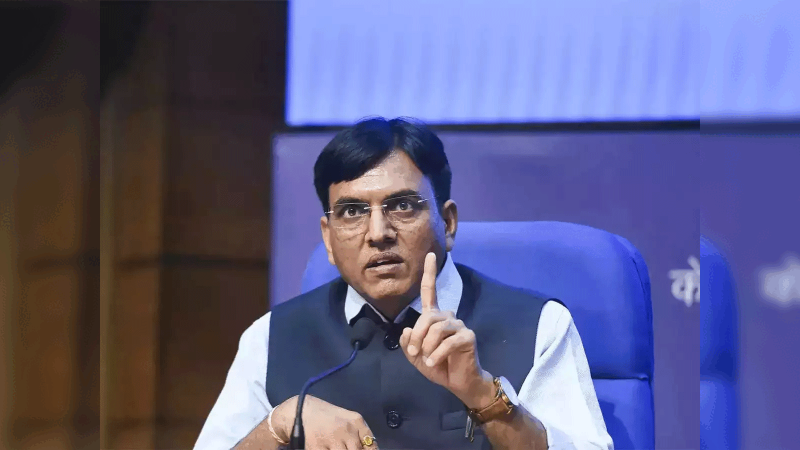
The Employees’ Provident Fund Organisation (EPFO) has introduced a significant update that allows members to withdraw up to 75% of their EPF balance immediately after job loss, as announced by Union Minister Mansukh Mandaviya.
This move aims to provide financial stability and quick relief to employees during transitional periods between jobs.
A Step Towards Financial Flexibility
Under the new provision, individuals who lose their employment can now access 75% of their provident fund savings instantly, without waiting for extended approval timelines.
This change is designed to help workers manage essential expenses such as rent, EMIs, and family needs during unemployment.
The remaining 25% can continue to remain invested in the fund, ensuring long-term retirement security.
Simplifying EPFO Withdrawal Rules

Previously, employees faced longer waiting periods and multiple approvals before accessing their EPF funds.
With this revision, EPFO aims to streamline processes and make fund withdrawals faster and more transparent.
This reform also aligns with the government’s broader initiative to make India’s labour and welfare systems more employee-centric and digitally accessible.
Balancing Short-Term Needs and Long-Term Savings
While this update provides much-needed liquidity during uncertain times, financial experts advise employees to use these funds wisely.
The EPF is primarily a retirement savings instrument, and maintaining a portion of it ensures financial security in later years.
Therefore, employees are encouraged to assess their immediate needs before opting for large withdrawals.
Conclusion
The announcement by Mansukh Mandaviya reinforces the government’s focus on employee welfare and economic resilience.
By enabling partial yet substantial EPF withdrawals, the move empowers individuals to manage short-term challenges without compromising long-term savings.
It reflects a balanced approach between financial flexibility and future stability for India’s workforce.



